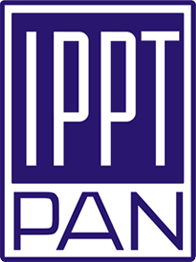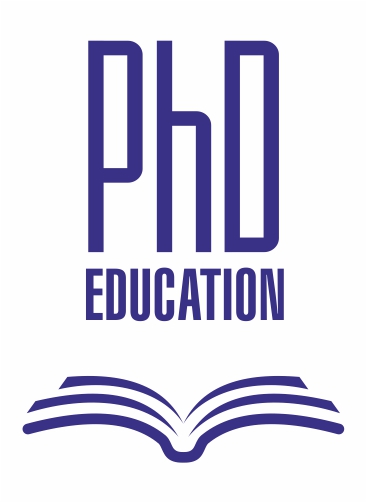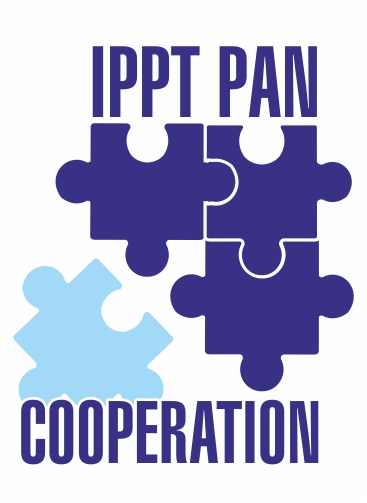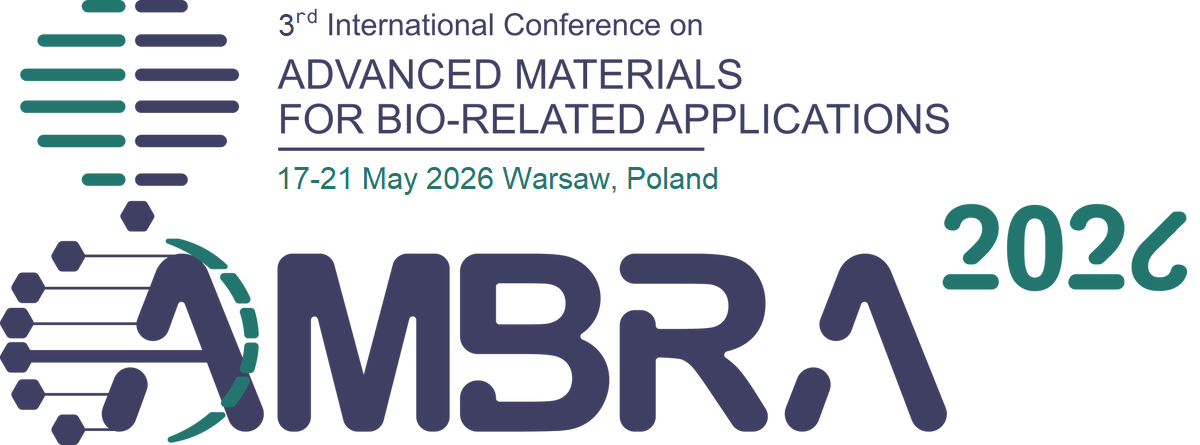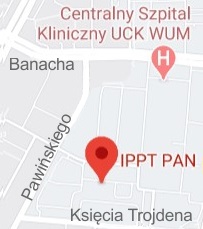We are pleased to announce that Tetuko Kurniawan from the Division of Biosystems and Soft Matter has been awarded a PhD in Engineering and Technical Sciences, in the discipline of Mechanical Engineering.
His doctoral dissertation, titled “Droplet Generation in Microfluidic Cross-Junctions: Mechanisms and Applications as Cell Incubators” (Polish title: „Wytwarzanie kropel w mikroprzepływowych złączach krzyżowych: mechanizmy i zastosowania jako inkubatory komórkowe”), explored the mechanisms of droplet formation in microfluidic systems and their potential use as cell incubators.
The PhD degree was conferred by a resolution of the Scientific Council of IPPT PAN on May 29, 2025. The dissertation was supervised by Dr. hab. Piotr M. Korczyk, Professor at IPPT PAN, with Dr. Sławomir Błoński of IPPT PAN serving as assistant supervisor.
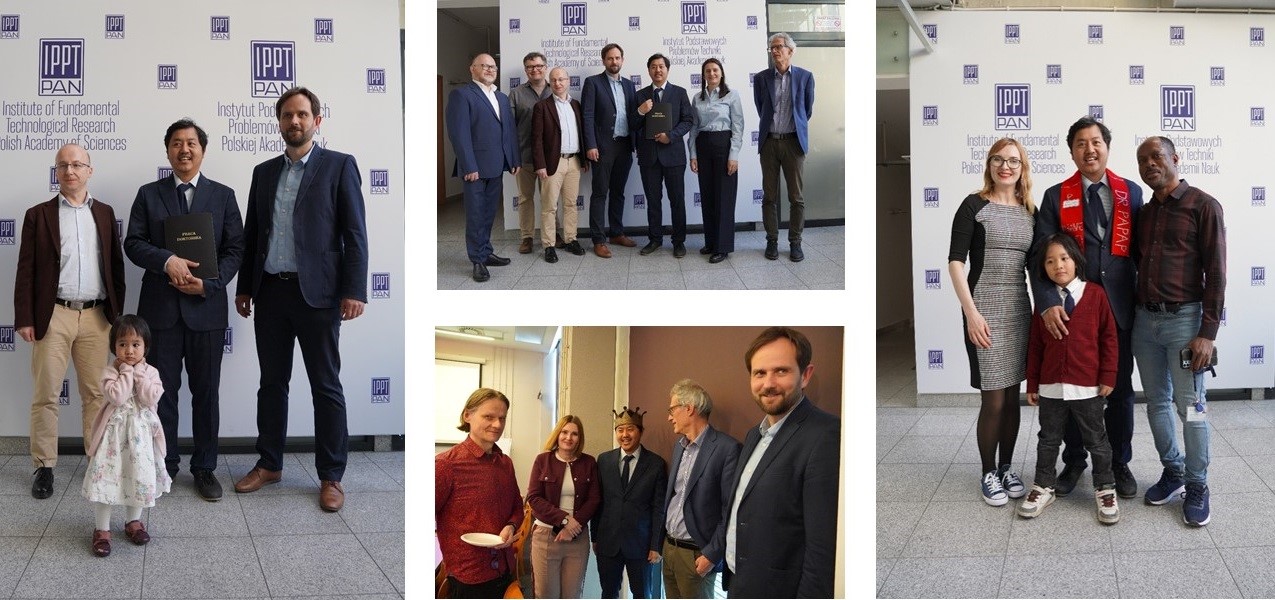
Droplet microfluidics is an emerging technique that has revolutionized biomedical research by enabling precise high-throughput techniques for single-cell analysis, drug delivery, and point-of-care diagnostics. This technique relies on the production of small, isolated compartments formed by immiscible fluids, typically oil and water, within a network of microscale channels on a chip. Most droplet microfluidics platforms utilizing passive-type droplet generators operate in a limited operating range, the so-called squeezing droplet formation, where the formation process is dominated by interfacial forces over viscous forces. It is understood that the squeezing droplet formation is insensitive to the relative magnitude of these forces, captured by the capillary number (Ca), making the squeezing droplet formation a favorable operating range as it is less sensitive to the fluid properties. However, the droplet formation at a lower range of capillary numbers shows a significant deviation from the squeezing regime behavior, which is not well understood. In this study, droplet formation in microfluidic cross-junctions at very low Ca is investigated. An initial investigation found that another droplet formation mode exists below the operating range of squeezing droplet formation, where the volume of the produced droplets strongly depends on Ca. This flow pattern is known as the leaking regime, which was recently discovered for droplet production in T-junctions. This study reveals the fundamental difference in leaking droplet formation between cross-junctions and T-junctions. In cross-junctions, the neck of the forming droplet may elongate substantially before it breaks, and in contrast to the case of the T-junction, the magnitude of this elongation depends strongly on the value of the capillary number. This elongation significantly affected the final droplet volume in the low-capillary-number regime. To understand this process, a mathematical analysis was conducted to clarify the dependency of droplet elongation on the capillary number. A generalized scaling law was proposed for the droplet volume in microfluidic cross-junctions and validated using experimental data obtained from cross-junction devices with various cross-sectional geometries. The results advance the understanding of droplet formation mechanics in a very low capillary number range. Additionally, this study also discusses the practical aspects of using droplet microfluidics as a cell culture micro-sized incubator. Effective methods for minimizing the loading time of the cell-containing medium and droplet liquid mass transport through the permeable PDMS material are suggested. The resulting microfluidic platform was shown to sustain the lives of most cells for more than a day.
Before joining IPPT PAN, dr Kurniawan previously earned his master's degree from the Graduate Institute of Applied Mechanics at National Taiwan University and his bachelor's degree in Mechanical Engineering at the Bandung Institute of Technology, Indonesia. Currently, he is the principal investigator of the NCN Preludium 23 project.
He would like to extend his heartfelt thanks to his supervisors, colleagues at IPPT PAN, and friends around the world for their support and encouragement. He also wishes to dedicate this work to his family, with special love and remembrance for his beloved sister, who recently passed away.
